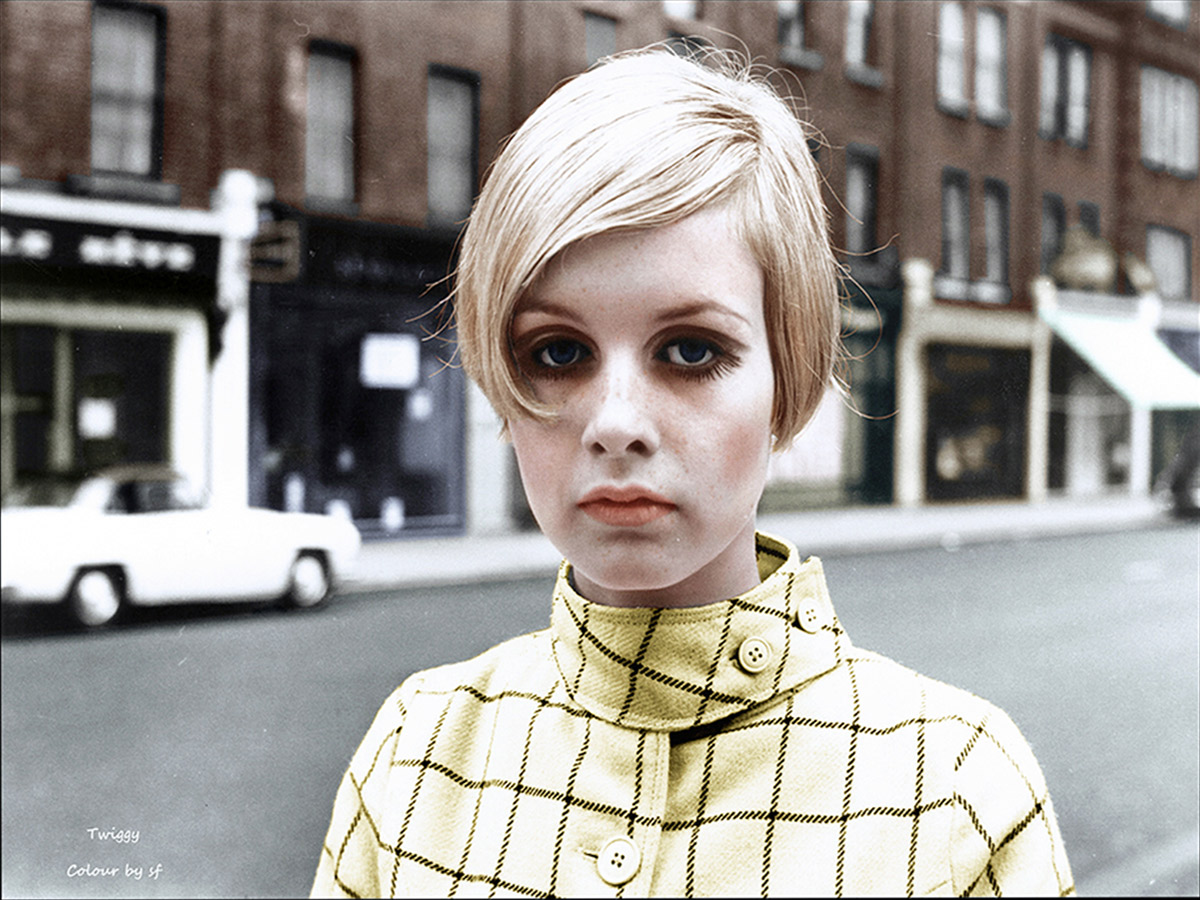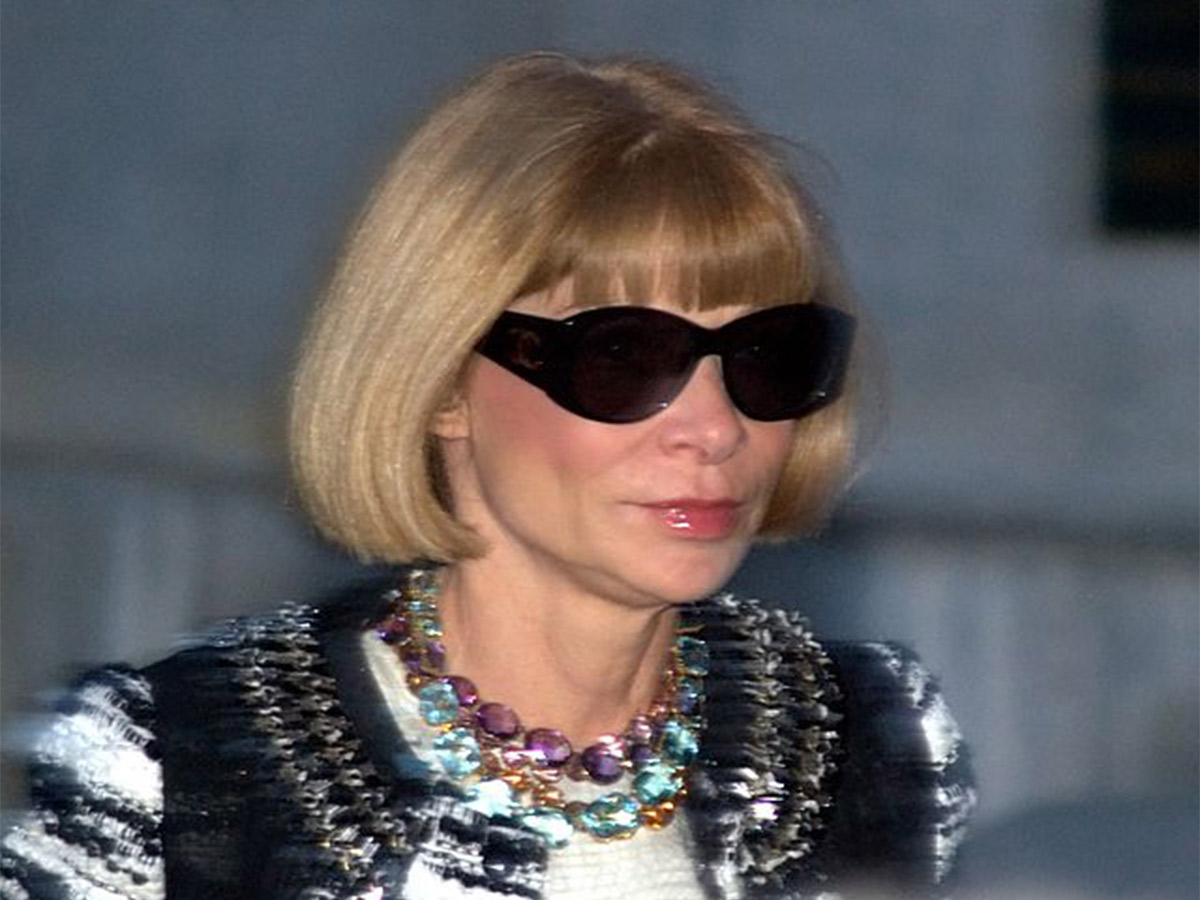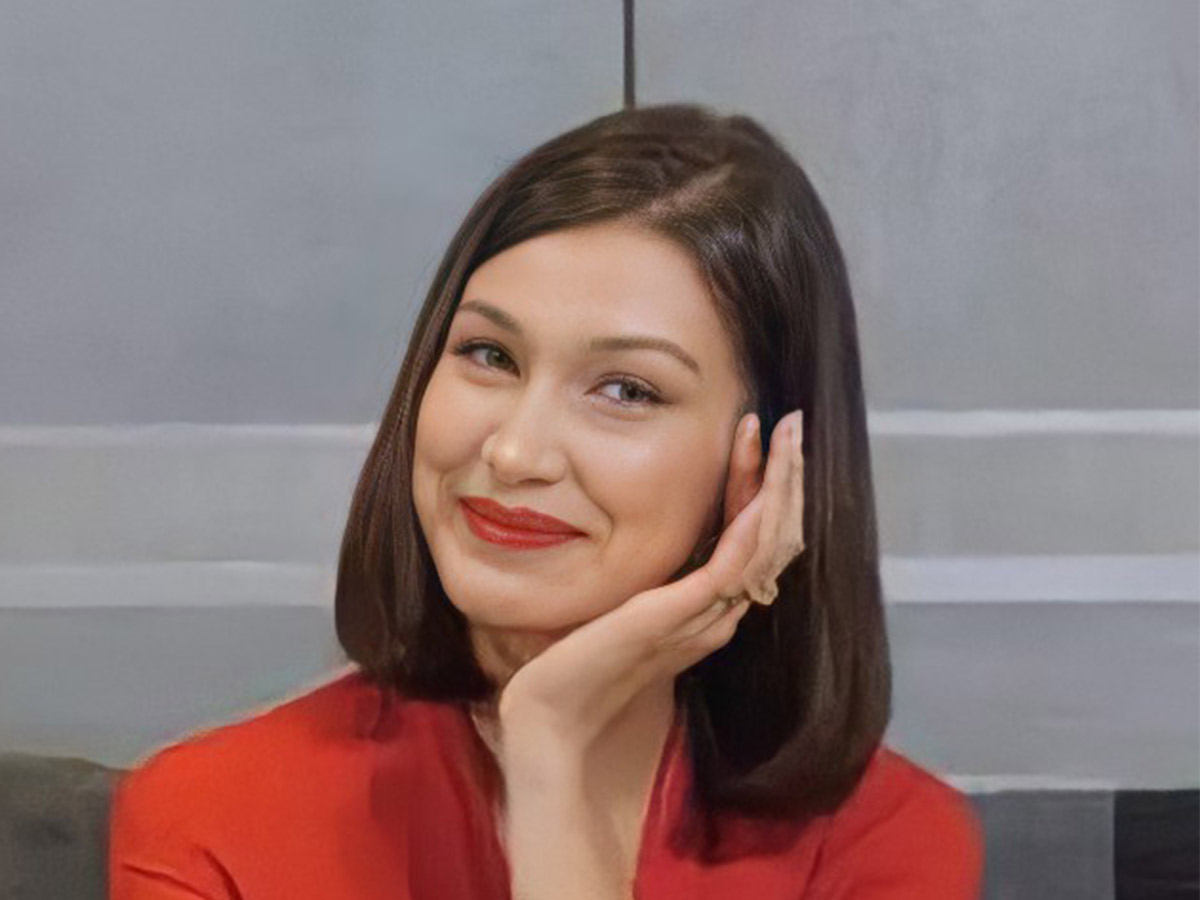
The Bob is back according to Gen Z, who are posting about it and their bob-sporting icons like Joan Didion non-stop. The days of the Karen are long gone and her inverted bob is left in the past, but many other bob hairstyles are in and their emancipatory past is one of the reasons why.
The History
The bob emerged in 1915 when dancer and fashion icon Irene Castle debuted the look, and it gained popularity throughout the 1920s. Teenage girls and young women—to the displeasure of boyfriends, fathers, and fiancés—embraced the haircut and its practicality. The flappers of the United States, fashionable young women who were more independent than ever before, and the Bloomsbury set of English writers and forward thinkers all cut their hair and shocked the world. The bob was a haircut that women of every race embraced. Women with all hair textures could find a style that worked for them and were able to participate in the trend, perhaps adding to its popularity in the late ’20s.
In the beginning, cutting your hair was an outrageous act of defiance. It was unseemly and “boyish,” and by getting a bob you announced that you didn’t care what others (mainly men, but conservative women too) thought of you.

The Empowering Effects
However, the bob is the defining haircut of the 1920s for a reason. It gained popularity and became more accepted, and shorter haircuts were very much in vogue for quite some time. The ’60s, too, embraced the bob, and it was styled to fit various aesthetics. It was sometimes longer than the ’20s iterations, but pixie cuts and the mid-cheek length bob were popular too. Short hair came back in the 1950s, but it was the ’60s that celebrated the bob. The look returned again in the ’90s along with those vintage silhouettes, and gave us many more ways to sport the hairstyle. ‘The Rachel’ was a layered bob almost touching the shoulders, which Jennifer Aniston made popular on Friends.

Short hair was, and still can be, criticized as unfeminine and unattractive in women. Chopping your hair in the 1920s was ridiculed, and F. Scott Fitzgerald even wrote a comical story about a teenage girl getting tricked into a bob and the perils that followed.
It may seem ridiculous now but think of the response to women who have shaved or buzzed their heads (Britney, anyone?). It’s not as popular as the bob may have been in the 20s, but it is a statement by women who are taking on a haircut that is not traditionally considered feminine as an act of rebellion or freedom. Some people have problems with them. Some people love the look. But most of the people who shave their heads talk about how freeing it is to cut off a symbol of their “feminine beauty” and just live their lives.
While not as dramatic as shaving your head the bob is still an iconic haircut with a fabulous past, and denotes a free spirit. Crop it close to your face, like a flapper, or leave it softer like a ’60s model. Go for a lob, or long-bob, like the ones popularized in the ’90s. There are so many wonderful versions that people of every race and gender can try out, and you can think back on its history for a little bit of empowerment every time you look in the mirror.



